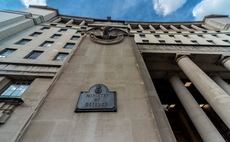Computing looks back at the most important public sector stories of the past six months
In the so-called "Age of Austerity", public sector IT is under more scrutiny than ever. Government organisations from the upper echelons of Whitehall to the smallest local authority are having to a...
To continue reading this article...
Join Computing
- Unlimited access to real-time news, analysis and opinion from the technology industry
- Receive important and breaking news in our daily newsletter
- Be the first to hear about our events and awards programmes
- Join live member only interviews with IT leaders at the ‘IT Lounge’; your chance to ask your burning tech questions and have them answered
- Access to the Computing Delta hub providing market intelligence and research
- Receive our members-only newsletter with exclusive opinion pieces from senior IT Leaders






















